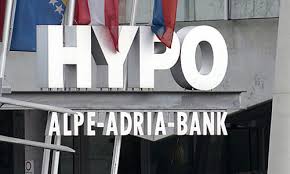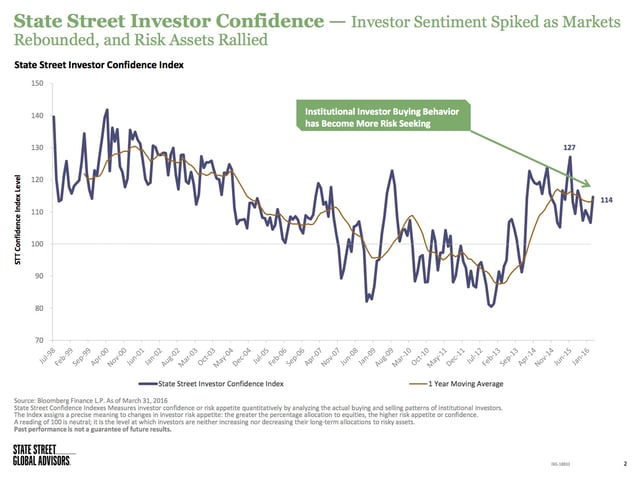The great recession has left its mark on many of us in so many ways it is hard to understand them all - perhaps similar for generations before with the Great Depression. One major mark is in banking. The Great Depression produced the FDIC which insured customer deposits and help provide a level of financial security to the banking system. Now Europe and the E.U. has lead the way with a “bail-in” concept where depositor bank accounts are used to shore up the troubled bank, thus taking the tax payers off the hook for failed banks.
This week Austria put this to the test. Hypo Alpe Adria (HETA) collapsed under the weight of bad loans. The bank is located in the Province of C arinthia, which has mostly controlled the bank for the past year, when it first started having problems. In taking on the obligation of this bank Carinthia is worried that it may cause the Province to file for bankruptcy as well.
arinthia, which has mostly controlled the bank for the past year, when it first started having problems. In taking on the obligation of this bank Carinthia is worried that it may cause the Province to file for bankruptcy as well.
The Austrian Financial Market Authority (FMA) in its role as the resolution authority for failed banks has issued the key features for the steps to resolution. The Bank Recovery and Resolution Act (BaSAG) outlines how the issues surrounding failed banks are to be resolved. The most significant are:
- A 100% bail-in for all subordinated liabilities,
- A 53.98% bail-in, resulting in a 46.02% quota for all eligible preferential liabilities,
- The cancellation of all interest payments from 1 March 2015, when HETA was placed into resolution pursuant to BaSAG
- As well as a harmonization of the maturities of all eligible liabilities to 31 December 2023.
Subordinated liabilities is simply another term for depositor’s money in the bank. In the typical banking arrangement the bank’s assets are the loans on the books, while their creditors are all the depositors. The exact opposite of personal or business finance, where loans are liabilities and cash deposits are part of their assets.
This sort of “bail-in” can cause a lot of panic in finance world, simply because people losing their deposits can demonstrate some serious concerns about how well a bank is operated. Clearly an uncharted path. Some concerns exist over the legal as well as the practical aspects of the “bail-in” concept. This makes the creditors of the bank more responsible for how the bank is run. If there appears to be any problems creditors simply will not lend money to a bank or if they do they will demand a much higher risk premium. This will of course raise interest rates for everyone.
Corinthia attempted to remove the guarantees by purchasing the bonds at a discount from the bond holders, primarily Commerzbank, AG and Pacific Investment Management Co., (PIMCO), who rejected this offer last month. The creditors are demanding that Austria pay up if Carinthia cannot pay. In either case the depositor’s monies are gone.
This rule was put into place after the Great Recession to help relieve the burden on the tax payers for bailing out banks. The results are yet to be determined, but like every regulation there are unintended consequences. Some of those consequences maybe, higher interest rates, depositors being extra cautious where they deposit their paychecks, fewer loans made to small or medium size businesses, bankers will be unwilling to take risks with business owners on such loans.
In The United States
You maybe asking yourself why does this bank in Austria matter to me? Here is the short answer; the United States banking regulators have adopted a similar rule. When a bank fails the regulators can force a bail-in of depositors monies to right the ship. Many people do not realize or understand that this can and most likely will wash up on the shores of America as soon as we have another major financial melt-down. Watching how this precedent action plays out may be an example of how it will work here in the States.
I am clearly not suggesting that you take your money out of the banking system and hide it under your mattress, that would be foolish. Also I think that U.S. banks operate with safety and soundness regulations that help protect depositors money. This maybe one reason why gold and silver has shot up in price this past week. People still perceive precious metals as a safe haven for currency problems.




